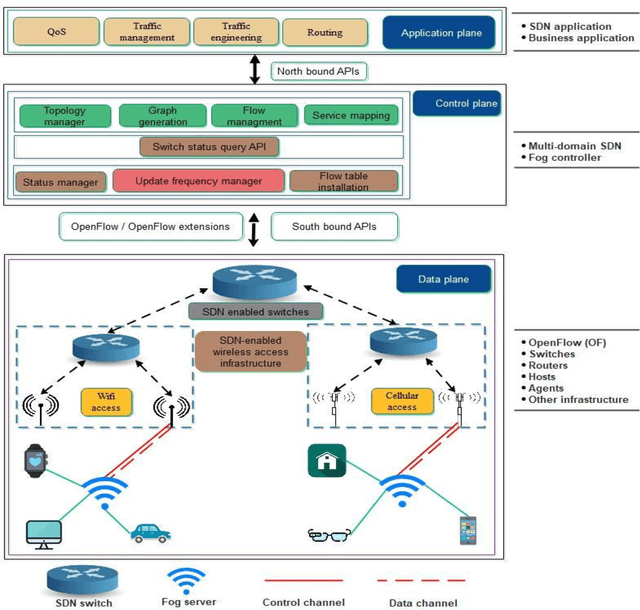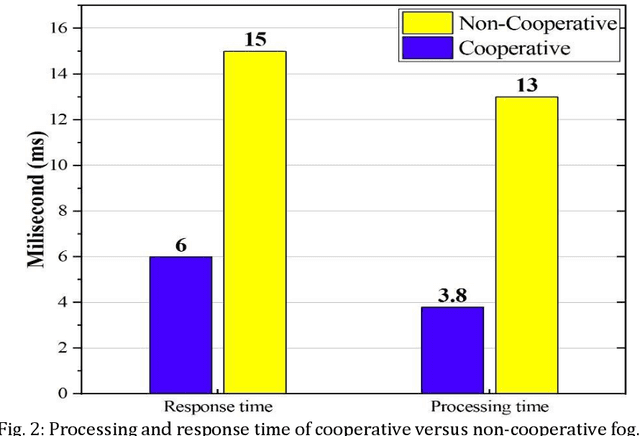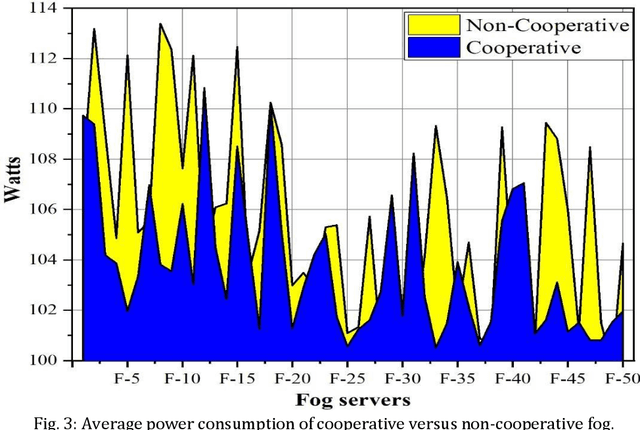Adnan Akhunzada
Senior Member, IEEE
SAppKG: Mobile App Recommendation Using Knowledge Graph and Side Information-A Secure Framework
Sep 29, 2023Abstract:Due to the rapid development of technology and the widespread usage of smartphones, the number of mobile applications is exponentially growing. Finding a suitable collection of apps that aligns with users needs and preferences can be challenging. However, mobile app recommender systems have emerged as a helpful tool in simplifying this process. But there is a drawback to employing app recommender systems. These systems need access to user data, which is a serious security violation. While users seek accurate opinions, they do not want to compromise their privacy in the process. We address this issue by developing SAppKG, an end-to-end user privacy-preserving knowledge graph architecture for mobile app recommendation based on knowledge graph models such as SAppKG-S and SAppKG-D, that utilized the interaction data and side information of app attributes. We tested the proposed model on real-world data from the Google Play app store, using precision, recall, mean absolute precision, and mean reciprocal rank. We found that the proposed model improved results on all four metrics. We also compared the proposed model to baseline models and found that it outperformed them on all four metrics.
Power and Performance Efficient SDN-Enabled Fog Architecture
May 30, 2021


Abstract:Software Defined Networks (SDNs) have dramatically simplified network management. However, enabling pure SDNs to respond in real-time while handling massive amounts of data still remains a challenging task. In contrast, fog computing has strong potential to serve large surges of data in real-time. SDN control plane enables innovation, and greatly simplifies network operations and management thereby providing a promising solution to implement energy and performance aware SDN-enabled fog computing. Besides, power efficiency and performance evaluation in SDN-enabled fog computing is an area that has not yet been fully explored by the research community. We present a novel SDN-enabled fog architecture to improve power efficacy and performance by leveraging cooperative and non-cooperative policy-based computing. Preliminary results from extensive simulation demonstrate an improvement in the power utilization as well as the overall performance (i.e., processing time, response time). Finally, we discuss several open research issues that need further investigation in the future.
SOK: Fake News Outbreak 2021: Can We Stop the Viral Spread?
May 22, 2021



Abstract:Social Networks' omnipresence and ease of use has revolutionized the generation and distribution of information in today's world. However, easy access to information does not equal an increased level of public knowledge. Unlike traditional media channels, social networks also facilitate faster and wider spread of disinformation and misinformation. Viral spread of false information has serious implications on the behaviors, attitudes and beliefs of the public, and ultimately can seriously endanger the democratic processes. Limiting false information's negative impact through early detection and control of extensive spread presents the main challenge facing researchers today. In this survey paper, we extensively analyze a wide range of different solutions for the early detection of fake news in the existing literature. More precisely, we examine Machine Learning (ML) models for the identification and classification of fake news, online fake news detection competitions, statistical outputs as well as the advantages and disadvantages of some of the available data sets. Finally, we evaluate the online web browsing tools available for detecting and mitigating fake news and present some open research challenges.
 Add to Chrome
Add to Chrome Add to Firefox
Add to Firefox Add to Edge
Add to Edge